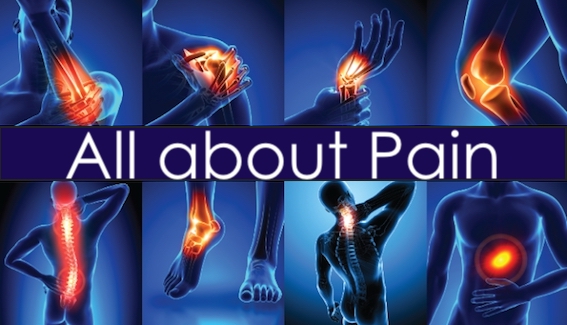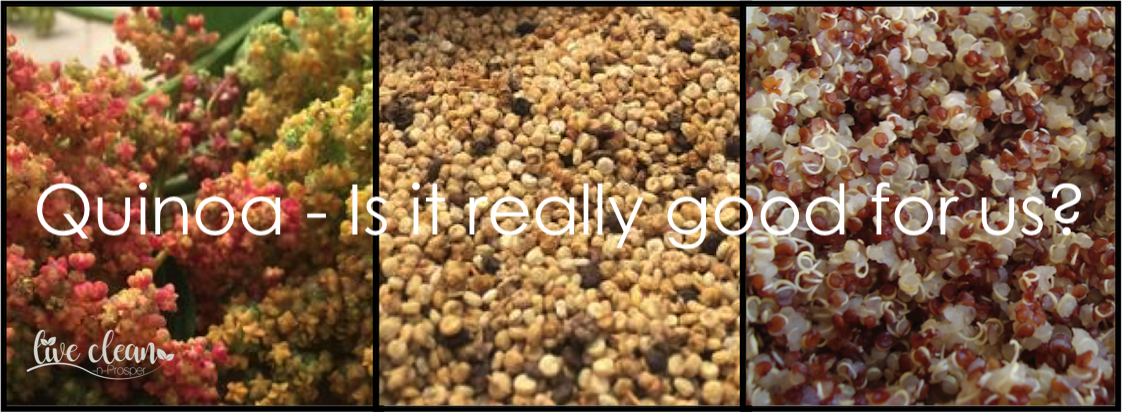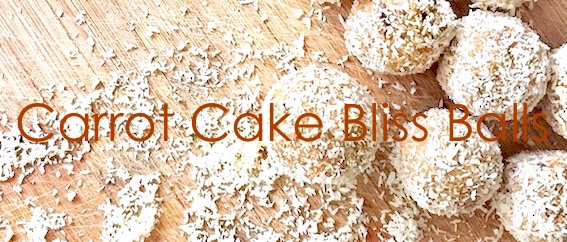Today I’m writing about ‘pain’.
We all deal with some type of pain in our daily lives. Some of us have more to deal with than others. I have had conversations with several people about pain and pain management over the past week, which got me thinking about it.
Pain is complicated for lots of reasons. For one thing, there are many different types — a muscle ache is very different from a pinch or a burn. Plus, some people are more sensitive to pain than others.
Pain is a survival mechanism that protects us.
When you touch a hot stove, you recoil in pain. That sensation helps you avoid getting a burn that could be dangerous. The throbbing of a broken foot tells you to stay off it until it heals, so you don’t do more damage. Without those signals, we’d all be in trouble.
Some pain is straightforward. When you burn your skin, pull a muscle or break a bone, you feel immediate discomfort. This short-term effect is called acute pain. Other pain can last months or years and is called chronic pain.
How does our body deal with pain?
Pain is a kind of perception, similar to smelling, tasting and hearing. In simple terms when you suffer an injury, your nervous system is in charge of delivering the news. If you twist your ankle, nerve cells in your ankle pick up the signal that something’s wrong. A network of nerve cells relays this message to the spinal cord. From there, it shoots up to the brain. The brain then translates the message and registers the feeling.
At the place where pain starts, the body creates and releases several chemicals. These chemicals tell the body to send more blood flowing to the painful area. The extra blood flowing to the area includes white blood cells. These white blood cells bring prostaglandin, which creates inflammation and increases the painful feeling.
Inflammation is one way that the body responds to cellular injury. Beyond pain, it often triggers swelling, redness and heat. The nerves themselves represent a second source of pain.
Treatment
Unfortunately, treatment is complex and uniquely personal. Diagnosis, biology and personal history all play a role, and finding pain therapies that bring adequate relief can be an effort.
Obviously the best way to treat pain is to eliminate the cause and this is not always possible. Many people have to rely on medications to help them manage their pain.
Different types of medication work in different ways. However, in short, pain medicine is used to block the processes that cause the feeling of pain. They don’t fix the problem; they just short-circuit the communication to the brain.
The most commonly prescribed medications for pain management include two categories of drugs: nonsteroidal anti-inflammatory drugs (NSAIDs), such as aspirin or ibuprofen and opioids, such as codeine or morphine.
*NSAIDs stop your body from making prostaglandins and inhibit certain enzymes in your body that are released during tissue damage. This reduces the inflammation as well as the communication to the brain.
*Opioid medications, just like real opium, mimic the natural pain-relieving chemicals — endorphins — produced by your brain. These drugs “turn down the volume” on the pain signals your nervous system sends through your body. They also muffle other nerve cell functions, such as your breathing, heart rate and level of alertness.
The other side of treatment
After a medicine has been distributed throughout the body and has done its job, the drug is then metabolised.
Many types of medication can cause serious side effects. Opioids can cause addiction, especially if used over a longer period of time. NSAIDs can lead to stomach ulcers and damage to the kidneys.
Everything that enters the bloodstream — whether swallowed, injected, inhaled or absorbed through the skin — is carried to the body’s chemical processing plant, the liver.
The liver’s job is to then detoxify these medications and remove the byproducts resulting from the process of metabolism. In many cases, the liver is able to metabolise these (and other toxins) without significant damage to the organ itself.
However, when medications are taken in excess, the frequency of use is hourly or daily, or when multiple substances (including alcohol) are consumed simultaneously – there can be significant, cumulative damage to the liver.
For these reasons, people often turn to complementary or alternative medicine to ease their pain.
This is of course a whole other article, maybe the next post.
Till then,
Live clean n Prosper.
(Sources – www.medicalnewstoday.com, www.livescience.com, www.mayoclinic.org, www.sciencenewsforstudents.org )



